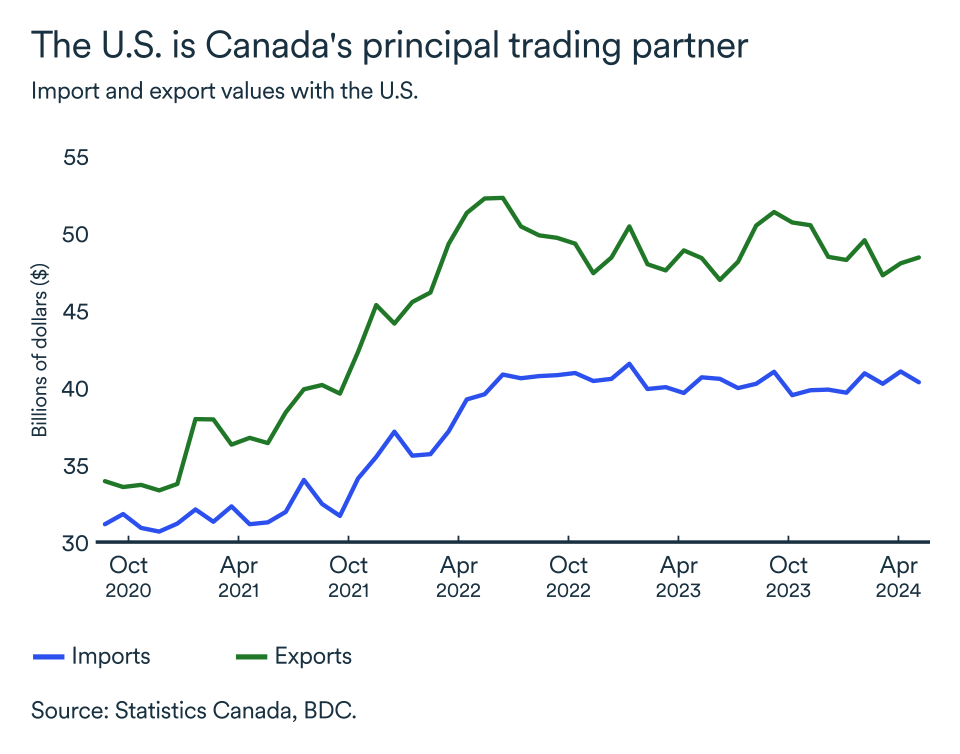Automaker Confusion: Navigating The Complexities Of Trump-Era Tariffs

Table of Contents
Understanding the Initial Impact of Trump-Era Tariffs on the Auto Industry
The imposition of Trump-era tariffs, beginning with levies on imported steel and aluminum, sent shockwaves through the automotive sector. These initial tariffs, while seemingly targeted at the steel and aluminum industries, had a profound ripple effect on auto manufacturing. Steel and aluminum are critical components in vehicle production; the increased costs immediately impacted automakers' bottom lines. Furthermore, retaliatory tariffs imposed by countries like the European Union and China on US-made vehicles exacerbated the problem, creating a trade war that significantly disrupted global supply chains.
- Increased production costs for automakers: The higher cost of raw materials directly translated into increased manufacturing expenses, squeezing profit margins.
- Higher prices for consumers: Automakers largely passed these increased costs onto consumers, leading to higher vehicle prices and reduced affordability.
- Disruption of global supply chains: The unpredictable nature of the tariffs forced automakers to scramble to adjust their sourcing strategies, leading to delays and inefficiencies.
- Job losses in certain sectors: Some auto parts manufacturers and related industries faced job losses due to reduced demand and increased production costs. This highlighted the interconnectedness of the automotive ecosystem.
The Shifting Landscape: How Automakers Adapted to Tariff Changes
Faced with the harsh realities of Trump-era tariffs, automakers were forced to adapt and innovate. Many employed a range of strategies to mitigate the negative impact. This included intense lobbying efforts to influence tariff policies, renegotiating contracts with suppliers, and reshoring some production to avoid tariffs. Some companies also diversified their supply chains, sourcing parts from multiple countries to reduce reliance on any single source affected by tariffs.
- Negotiation with governments: Automakers engaged in extensive lobbying and negotiations with governments to advocate for tariff exemptions or modifications.
- Restructuring supply chains: Companies diversified their sourcing, moving away from countries hit by tariffs and exploring alternative suppliers.
- Investment in domestic production: Some automakers increased investment in domestic manufacturing to reduce reliance on imported parts and avoid tariffs.
- Price adjustments: While passing on some costs to consumers was unavoidable, careful price adjustments were crucial to maintain competitiveness.
Long-Term Effects and Unintended Consequences of Trump-Era Tariffs
The long-term effects of Trump-era tariffs on the auto industry remain a subject of ongoing analysis. While some argue that the tariffs protected domestic jobs, others point to the negative impact on global trade relations and reduced competitiveness. The tariffs distorted the market, leading to inefficiencies and unpredictable pricing. Furthermore, the uncertainty surrounding trade policies discouraged long-term investment and planning within the industry.
- Changes in consumer purchasing patterns: Higher vehicle prices led some consumers to delay purchases or opt for cheaper alternatives.
- Impact on global trade relations: The tariffs strained relations between the US and its major trading partners, creating a climate of distrust and uncertainty.
- Economic growth implications: The overall economic impact was complex, with some sectors benefiting while others suffered, hindering overall economic growth.
- Shift in global automotive manufacturing landscape: The tariffs contributed to a reshuffling of the global automotive manufacturing landscape, with some countries gaining while others lost market share.
Navigating Future Trade Policies: Lessons Learned from Trump-Era Tariffs
The experience of navigating Trump-era tariffs provided valuable lessons for automakers. The importance of diversification, robust risk management, and proactive engagement with trade policy discussions became abundantly clear. Collaboration within the industry, sharing information and best practices, also proved crucial for weathering the storm.
- Importance of diversified supply chains: Reducing reliance on single-source suppliers is crucial for mitigating future trade disruptions.
- Strategic planning and risk management: Automakers must develop sophisticated risk management strategies to anticipate and adapt to potential future trade uncertainties.
- Engagement with trade policy discussions: Active participation in shaping trade policies is essential to influencing decisions and protecting industry interests.
- Collaboration within the industry: Sharing information and best practices across the industry strengthens collective resilience to trade shocks.
Automaker Confusion: Finding Clarity Amidst Trade Uncertainty
Trump-era tariffs delivered a powerful blow to the automotive industry, highlighting the vulnerability of global supply chains to protectionist policies. The increased costs, disrupted supply chains, and retaliatory measures created significant challenges for automakers. However, the industry demonstrated remarkable resilience, adapting through diversification, lobbying, and strategic adjustments. Understanding the intricacies of Trump-era tariffs is crucial for navigating the future of the auto industry, fostering resilience against future trade uncertainties and promoting a more stable and predictable global automotive market. Continued research into the long-term impacts of these tariffs, and proactive engagement with evolving trade policies, are essential for the continued success of the automotive sector.

Featured Posts
-
 Backlash Against Fortnites Latest Item Shop Update
May 03, 2025
Backlash Against Fortnites Latest Item Shop Update
May 03, 2025 -
 Emek Ve Dayanisma Guenue 1 Mayis In Oenemi Ve Kutlama Sekilleri
May 03, 2025
Emek Ve Dayanisma Guenue 1 Mayis In Oenemi Ve Kutlama Sekilleri
May 03, 2025 -
 Analysis Fortnite Refunds And The Future Of Cosmetic Items
May 03, 2025
Analysis Fortnite Refunds And The Future Of Cosmetic Items
May 03, 2025 -
 Ueberpruefung Der Lottozahlen 6aus49 Ziehung Am 12 April 2025
May 03, 2025
Ueberpruefung Der Lottozahlen 6aus49 Ziehung Am 12 April 2025
May 03, 2025 -
 Entrega De 7 Vehiculos Al Sistema Penitenciario Mejora La Operatividad
May 03, 2025
Entrega De 7 Vehiculos Al Sistema Penitenciario Mejora La Operatividad
May 03, 2025
